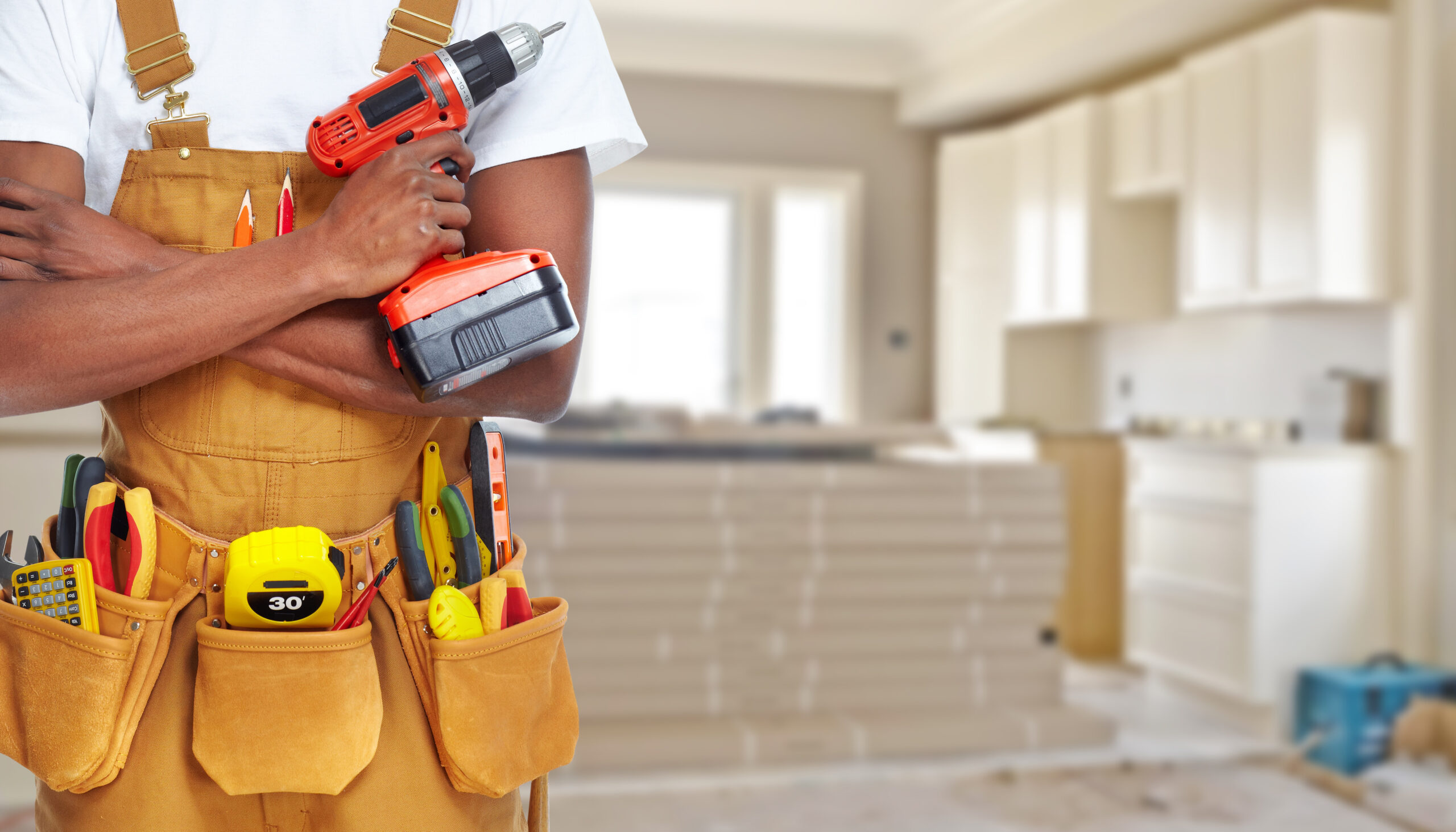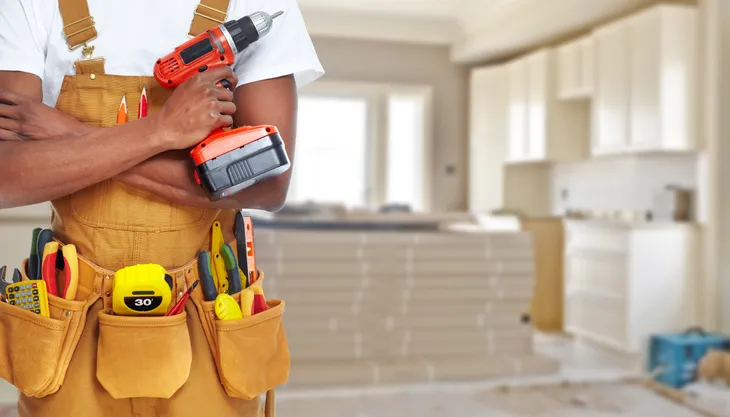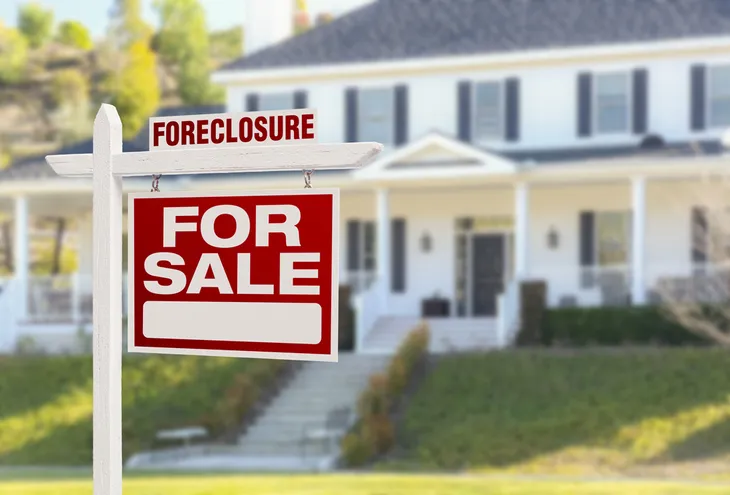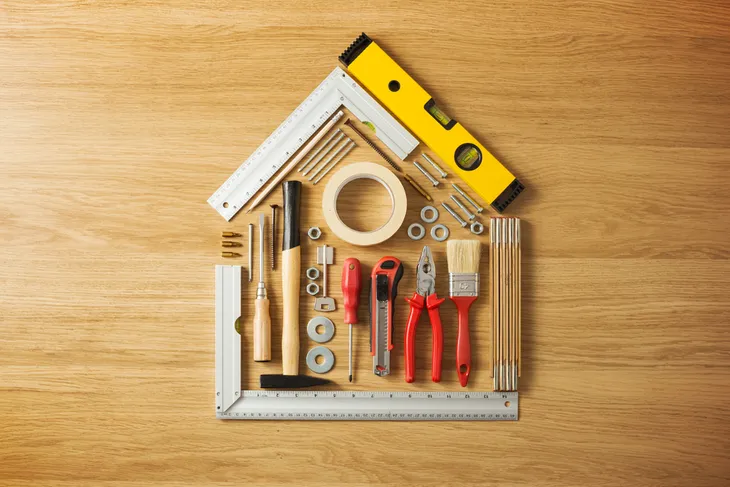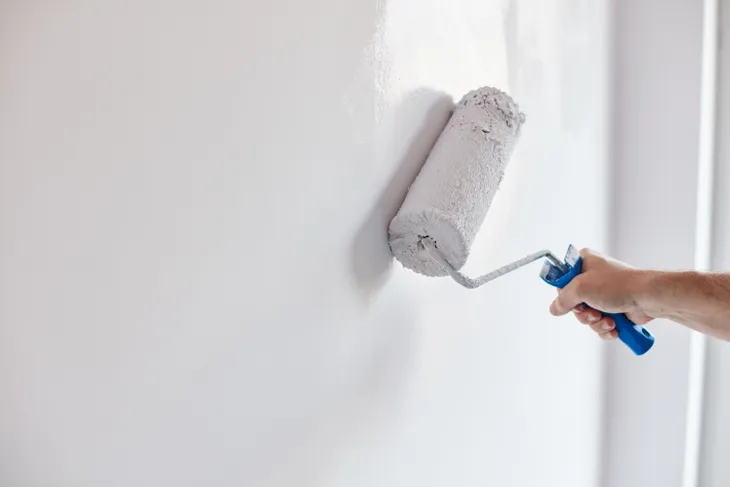House-flipping is often portrayed as a foolproof path to quick riches. While this inaccuracy can create unrealistic expectations, flipping houses can definitely be profitable if you do it right. And that’s the trick: the people most successful at flipping houses are generally the most experienced. That said, they all started somewhere. There’s nothing like completing a profitable first flip and learning repeatable strategies you can use to build a lucrative business. This guide explains the basics of how to start flipping houses. It covers common strategies and steps to follow on the road to your first winning transaction.
14. What Does It Mean to “Flip a House?”
House-flipping is a short-term real estate investment strategy. It involves acquiring a house and reselling it at a profit a short time later. These profits are usually generated in one of three ways.
First, buyers may look for distressed properties available at deep discounts. Second, they purchase homes that need renovations or repairs. Finally, some people “micro-flip” homes that fall into neither category.
13. What’s a Distressed Property?
Distressed properties are homes owned by people experiencing financial difficulties. They may have fallen behind on their mortgage payments or property taxes. Distressed properties have liens on them, are in pre-foreclosure or foreclosure, or are under a mortgage lender’s control.
You can buy distressed properties directly from homeowners, provided they still have the right to sell it. Lenders also sell these properties at auctions. The highest bidder wins the title deed and acquires the house in as-is condition.
Sellers of distressed properties are usually looking to complete a deal quickly. Thus, they’re more likely to unload the home at below-market value. Investors who aren’t in a hurry can then sell the property to a new buyer at full market value. They then pocket the difference as profit.
12. Pros and Cons of Distressed Properties
The main advantage of buying distressed properties is the possibility of getting a great deal. You can acquire homes for significantly less than full market value with some patience and legwork.
However, you’ll also have to be comfortable with purchasing homes as-is. You may have limited opportunity to inspect the property, or no opportunity at all. This is where much of the risk comes from. Owners who have lost control of the home have no incentive to take care of it anymore. As such, damage and maintenance issues are common.
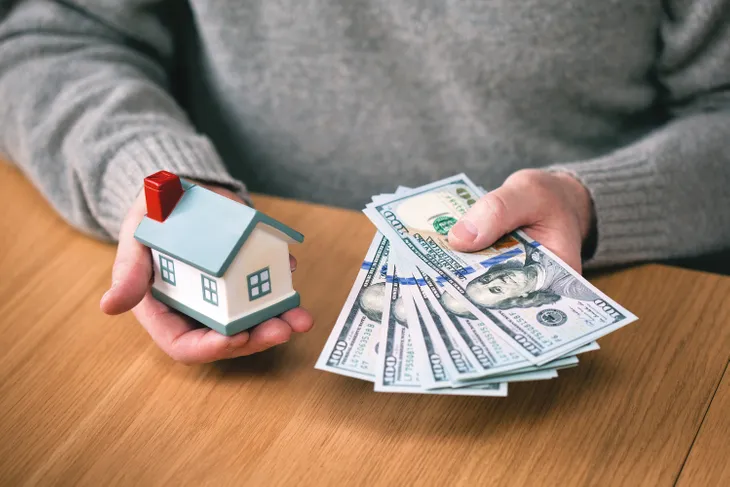 Shutterstock
Shutterstock11. Flipping Fixer-Uppers
Another approach involves buying “fixer-uppers:” a house in need of repairs or renovations. Sellers of these homes may not be financially distressed. However, they also won’t be able to command the price they’d otherwise get if the home was in perfect condition.
Profiting on a fixer-upper requires careful planning. You need to sell the house for more than the combined cost of the repairs and original purchase price. Most people who succeed at flipping fixer-uppers draw on their do-it-yourself (DIY) skills. This allows them to carry out some or all of the necessary improvements themselves. In the world of house-flipping, this is commonly called “sweat equity.”
10. Pros and Cons of Fixer-Uppers
Fixer-uppers are fairly easy to source. You won’t have to trek to auctions or spend huge amounts of time analyzing market data in search of deals. Sellers usually recognize the home’s condition and its impact on the sale price, making negotiations relatively straightforward.
On the down side, profiting off a fixer-upper requires more work on your part. You’ll also need to hire a pro if you don’t have the necessary know-how to carry out all necessary repairs. This can erode or even endanger your profit potential if you aren’t careful. It can also impact your timeline, since home renovation contractors are notoriously unpredictable.
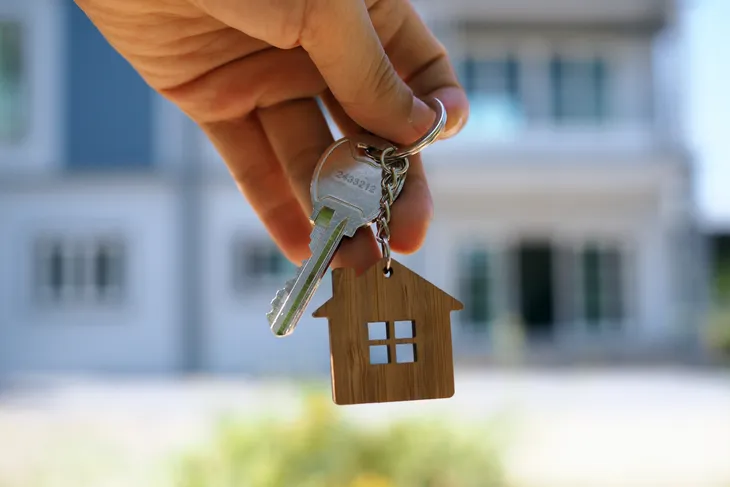 Shutterstock
Shutterstock9. Microflipping
With microflipping, you don’t focus on distressed properties and you don’t deal with fixer-uppers. Instead, you browse property listings, crunch numbers, and find below-market deals. You’ll then acquire the property and quickly resell it at a modestly higher price.
Profit margins are thinner with microflipping. However, you can also scale up the strategy over time to involve large numbers of homes. Over time, you can make big money as the modest profits add up.
8. Pros and Cons of Microflipping
Microflipping involves less labor than flipping fixer-uppers. It also removes many of the risks associated with buying distressed properties as-is and/or “sight unseen.”
However, there are two main downsides to consider, and they’re related. Microflipping success depends entirely on correctly applying your insights. You’ll need deep, detailed knowledge of the local real estate market and a strong aptitude for data-crunching. Second, microflipping depends on coming out on the right side of a thin margin. Things need to line up just right to make transactions work out in your favor.
7. Get Started in Six Steps
The first thing you’ll need to do is identify your strategy. Most successful house-flippers specialize in one of the three main approaches described above. They stay within their comfort zones, building knowledge over time that helps them mitigate risk and maximize profit potential.
Most beginners feel most comfortable with the distressed property or fixer-upper strategy. Over time, you’ll gain important knowledge about local market conditions. When you reach this point, you can then move into microflipping if you don’t immediately feel comfortable with it.
The following general steps will apply no matter which approach you use:
6. Perform Market Research
The only way to make money flipping houses is to sell the house for more than you paid. The only way you’ll know whether that’s possible is to know the market where you’ll be operating.
You don’t necessarily have to flip houses locally to make money. Many successful investors flip homes in cities and states where they aren’t based. However, you will need to have a clear idea about the real estate market in question. If you need some help, reach out to an established realtor or agent based in the area where you’re looking. Some such professionals even specialize in helping house-flippers.
5. Plot Out Your Budget
Next, you’ll need to set your budget. For house-flippers, budgeting means setting a firm limit on what you will pay to acquire the home. Most approaches express purchase budgets as a percentage of the price for which you expect to sell the home later.
If you’re flipping a fixer-upper, you’ll definitely want to know about the 70% rule. Some sources call it the “Rule of 70.” It basically states that you shouldn’t pay more than 70% of the home’s projected final sale price. Before you apply the rule, get an accurate estimate of the cost of the repairs or upgrades you plan to make. If the numbers work out, you might have a good flipping candidate on your hands.
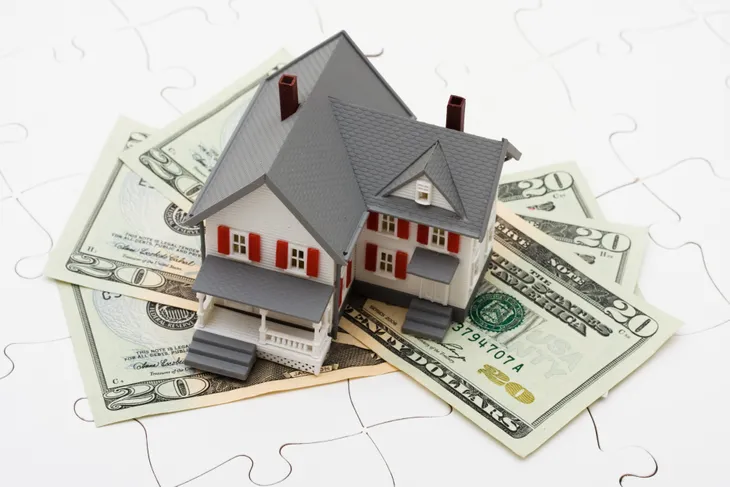 Shutterstock
Shutterstock4. Figure Out Your Financing
Before you go any further with your first flip, you’ll want to secure your financing. This involves lining up a home loan if you don’t have the cash to purchase the property outright. Covering the cost of necessary repairs may also prompt you to take out a personal loan.
There’s another issue to consider if you plan to acquire the property using a conventional mortgage. Some lenders attach higher down payment requirements to investment properties. Thus, you may need to offer up more than the standard 2% to 5% you’d otherwise need.
3. Purchase the House
Once you’ve set your budget and have your financing arranged, you’re reading to go house-shopping. Again, the assistance of an established real estate professional can help you bridge any knowledge gaps you may encounter.
For your first flip, choose a straightforward opportunity. You don’t want to get fancy or take chances. Look for a clear, uncomplicated path to profits and act when you find what you want.
2. Prepare the House for Resale
What you’ll do at this stage depends on which strategy you used. If you acquired a distressed property, you might be able to put it right back on the market. The same is true for microflipping.
If you purchased a fixer-upper, you’ll need to carry out repairs and upgrades before you sell. To that end, it also pays to know which upgrades have the biggest impact on sale prices. Adding one or two of these can help you make more money, even if they’re not strictly necessary.
1. Market the Property to New Buyers
Your final step on the path to profits is to find a new buyer. This involves listing the property, likely with the help of a listing agent or other local realtor.
When the transaction closes, take stock of what you learned as you count your money. Look at what went well and where you could improve next time. Flipping houses gets easier the more you do it. If all goes well, you might find yourself with a profitable side gig or even a new full-time path to making money.
